The machinery industry is witnessing a paradigm shift as developed nations redirect production toward knowledge-intensive sectors, leading to a transfer of capital and labor-intensive products to developing countries. This transformation is influenced by diverse market nuances and specific strategies adopted by nations across the globe.
Developed Countries: Precision in Market Segmentation
Developed nations are intensifying efforts in industrial relocation, strategically assigning low-value-added machinery products to developing countries with burgeoning market potential. The rationale behind this shift lies in adapting to evolving market demands while optimizing production efficiency.
Belt and Road Countries: A Tale of Development and Challenges
Countries involved in the Belt and Road Initiative present a unique landscape. Their economic development is relatively moderate, marked by stable growth. Despite challenges such as governance capabilities and industrialization hurdles, these nations are pivotal for machinery production due to rich fossil fuel resources and stable economic growth.
Europe and the Americas: Stringent Standards and Reliability
In Western nations like the United States and European countries, factors like reliability, intellectual property rights, contractual adherence, product specifications, quality standards, supplier backgrounds, history, reputation, and after-sales service are paramount. The developed nations' domestic manufacturing sectors witness a gradual decline, fostering a trend toward "hollowing out" in the manufacturing landscape.
Germany's Pioneering Role in European Smart Manufacturing
Within the European Union, Germany stands out as a proactive force in promoting smart manufacturing. The EU, represented by countries like Germany, France, the United Kingdom, Italy, and Sweden, boasts a robust industrial foundation with self-sufficiency in core technologies and components. These nations, with world-class enterprises and research institutions, lead in terminal products, machine tools, robotics, electrical equipment, automation, communication, and software.
ASEAN Nations: Robust Demand Amid Weak Industrial Base
The ASEAN nations exhibit a strong demand for machinery, primarily from China, owing to their weak manufacturing infrastructure. Their status as China's top destination for machinery exports underscores the pivotal role they play in the global machinery trade.
Saudi Arabia: Strategic Collaborations for Diversified Energy
Saudi Arabia, a significant importer of machinery from China, showcases a diverse collaboration spectrum. Investment agreements span green energy, green hydrogen, photovoltaics, information technology, cloud services, transportation, logistics, healthcare, housing, and factory construction. The initiation of the National Renewable Energy Program (NREP) in 2017 signals a drive to reduce oil dependency and explore renewable energy potentials, aligning with China's prowess in photovoltaics and offering opportunities for offshore energy initiatives.
European Import Trends: A Mix of Low and Mid-End Machinery
Germany primarily imports mid to low-end machinery components from China, while France ranks China as its fifth-largest machinery import source. Italy, characterized by numerous family-owned artisanal enterprises, predominantly demands mid to low-end machinery, particularly in textiles, clothing, furniture, and construction materials.
Featured content:50L Rotary Evaporator Setup: A Step-by-Step Guide for Effective DistillationMaintenance and Care Tips for Food Packaging MachinesExploring the Advantages of a 3D Cast Iron Welding TableCommon Problems and Troubleshooting for Dual Action Hydraulic CylindersHow to Select the Perfect Maize Flour Milling Machine?Case Studies: Success Stories of Mobile Crushers in Sustainable ConstructionUnlocking the Potential of Metal 3D Printing with Hydrogen Sintering FurnacesSpain's Artisanal Demand: Niche for Mid to Low-End Machinery
Spain, akin to Italy, houses a plethora of family-owned artisanal enterprises, creating a demand niche for mid to low-end machinery from China. The sheer volume of such enterprises, approximately 530,000, reinforces their collective impact on machinery trade dynamics.
Conclusion
In conclusion, the global machinery trade is a dynamic interplay of economic development, technological capabilities, and strategic collaborations. Developed nations orchestrate precision in market segmentation, while developing countries, especially those in the Belt and Road Initiative, present both opportunities and challenges. Europe and the Americas uphold stringent standards, and Germany spearheads smart manufacturing in Europe. The ASEAN nations emerge as robust markets amid a weak industrial base, and Saudi Arabia strategically collaborates with China for diversified energy initiatives. Import trends in European countries like Germany, France, Italy, and Spain showcase varied demands, emphasizing the nuanced dynamics of the global machinery landscape.
More articles:
Unlocking the Potential: A Comprehensive Evaluation of Swing Motors
What You Need When Buying a Trailer?
How Does the Extruder Work?
Featured content:Are there different types of pet food production lines for different types of pet food?Water-Resistant and Explosion-Proof AC Slip Ring Motors for Harsh EnvironmentsHow DC Portable Water Chillers Improve Home Office Environments?Welding Precision: Using Pipe Pinching Rotators for Seamless Pipeline Construction.What Is a PC Special Blow Molding Machine?How Commercial UV Sterilizers Improve Indoor Air Quality in BusinessesStreamlining Your Packaging Process: The Power of Fully Automatic Horizontal Wrapping Machines


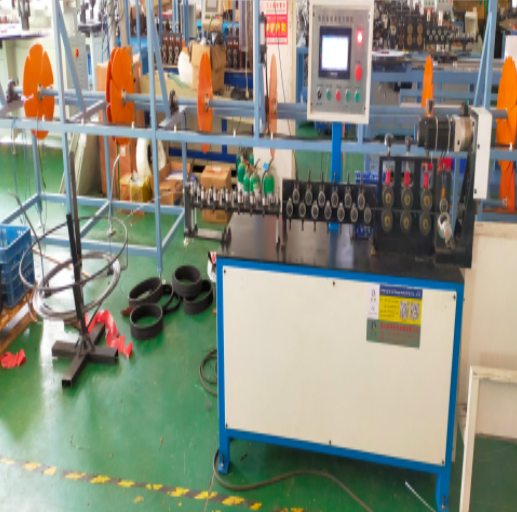
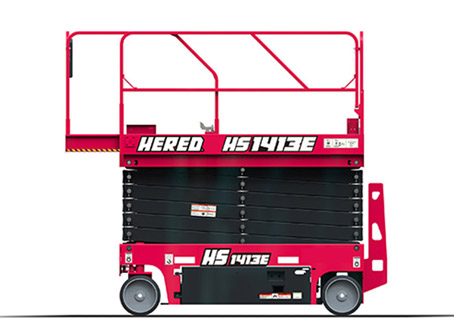
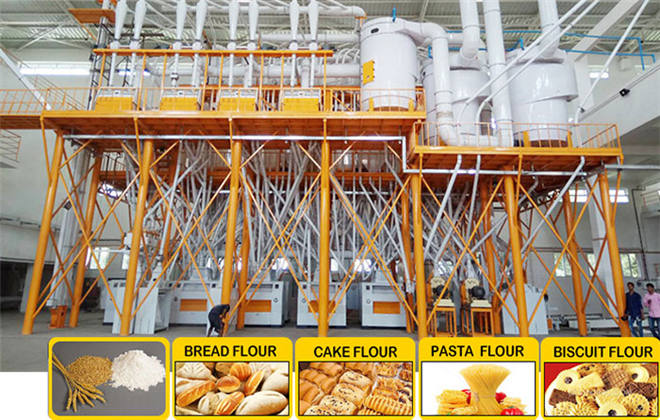
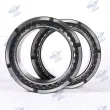
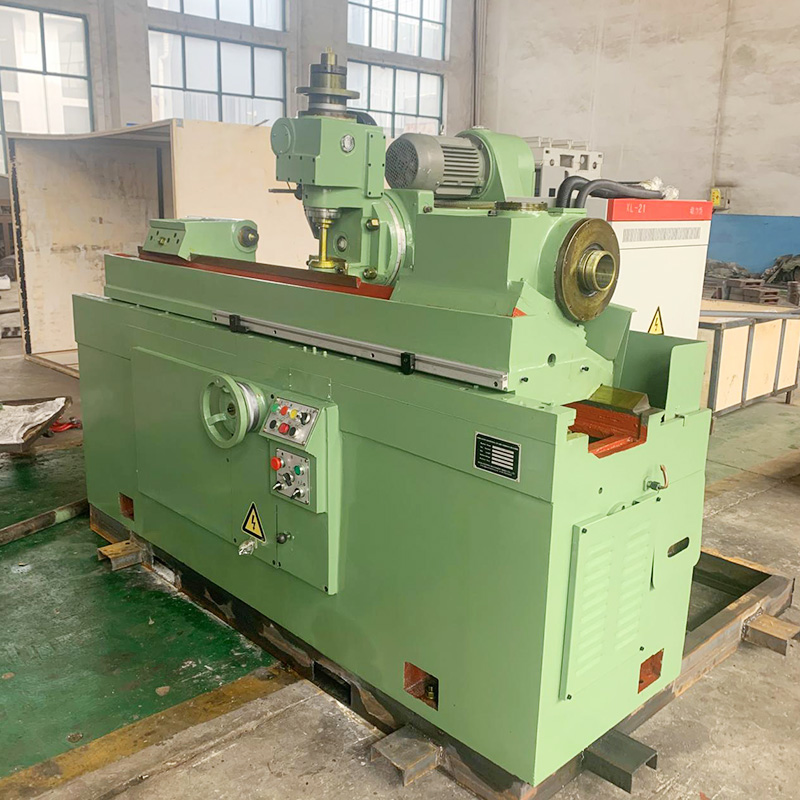
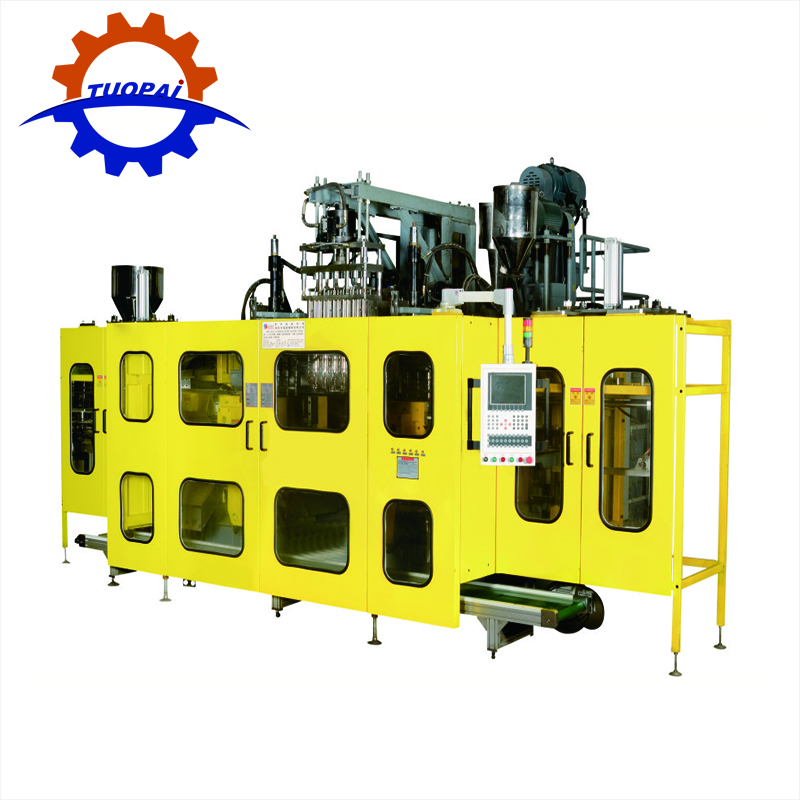
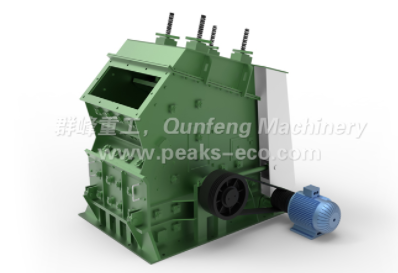
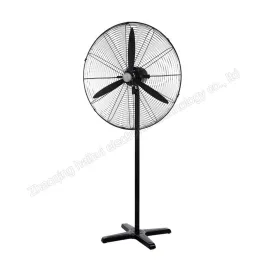
Comments
Please Join Us to post.
0